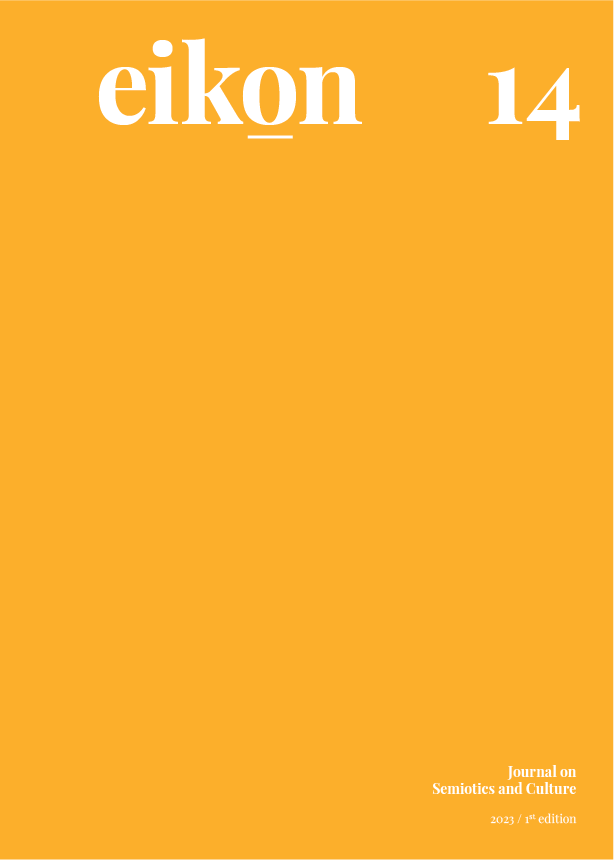Crise do jornalismo, transparência e fixação da crença em ambiente de negacionismo e desinformação
Abstract
The article proposes reflections on the journalism crisis, understood as qualified mediation in the face of the chaotic reality of events and their consequences in the digital environment. Backed by a brief analysis of content produced by vehicles that make up the Projeto Credibilidade on the ineffectiveness of hydroxychloroquine in the treatment of covid-19, it is postulated that by adopting credibility indicators they promote transparency in the journalistic method. The discussion is illuminated by Peirce's General Theory of Signs, from which derives the hypothesis, under construction, that transparency, constituted as a legisign in the "semiosis of news", can legitimize the journalistic method through of a movement that transits between the forms of fixation of belief. Preliminarily, it is possible to infer the heuristic pertinence of the proposal, from its theoretical-methodological arrangement, but when it is facing to the Projeto Credibilidade denotes limits to its realization in initiatives of this type.
Downloads
Published
Issue
Section
License

This work is licensed under a Creative Commons Attribution-NonCommercial-NoDerivatives 3.0 Unported License.
Authors who publish with this journal agree to the following terms:
- Authors retain copyright and grant the journal right of first publication with the work simultaneously licensed under a Creative Commons Attribution License that allows others to share the work with an acknowledgement of the work's authorship and initial publication in this journal.
- Authors are able to enter into separate, additional contractual arrangements for the non-exclusive distribution of the journal's published version of the work (e.g., post it to an institutional repository or publish it in a book), with an acknowledgement of its initial publication in this journal.
- Authors are permitted and encouraged to post their work online (e.g., in institutional repositories or on their website) prior to and during the submission process, as it can lead to productive exchanges, as well as earlier and greater citation of published work (See The Effect of Open Access).

